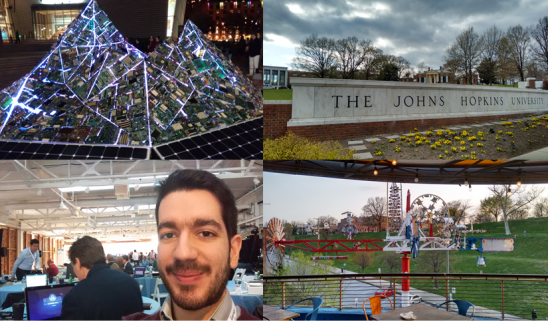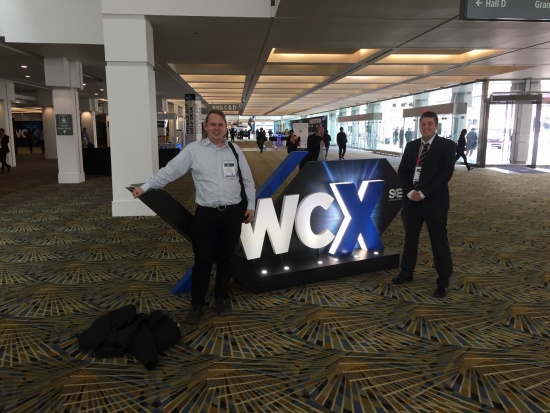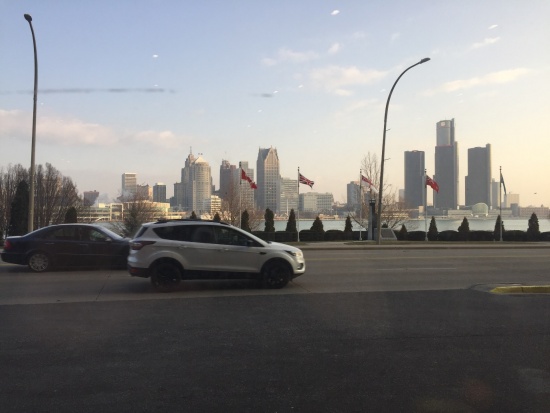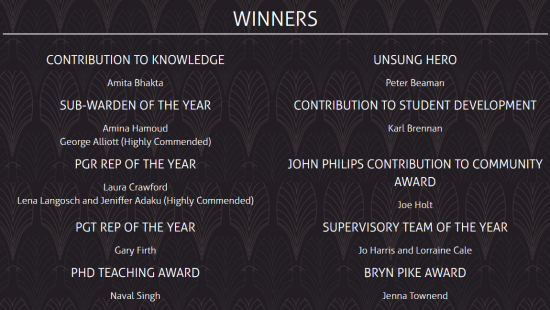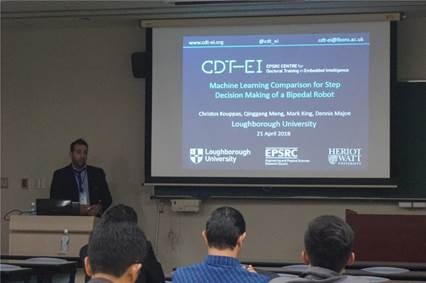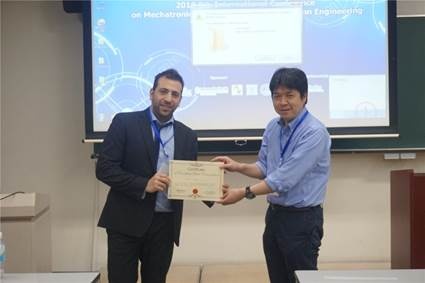In April 2018, our cohort 1 researcher Dimitrios Pantazis attended the 6th AnyLogic Conference in Baltimore, US.
The AnyLogic (https://www.anylogic.com/) is a multimethod simulation tool, which provides the opportunity to end-users to experiment with discrete event, agent-based and system dynamics modelling. The flexibility of combining these different simulation methods under the same environment and the ease of extending the embedded libraries via Java to fit the user needs have established AnyLogic as the go-to solution in many sectors, such as automotive, healthcare and oil and gas plant engineering.
The purpose of this 2-day annual conference was to demonstrate the new capabilities of the software and also give the opportunity to the audience to expand their horizons by real case studies from industry experts like Intel and researchers from world-leading universities such as the National University of Singapore.
The attendees had the chance to gain insight and engage into discussions about active research topics such as the smart factory and digital twin modelling for the Industry 4.0 (presentations by FairDynamics and decisionLab), simulations of autonomous vehicles impact on road networks (presented by the Boston Consulting group) and integration of AI into simulation modelling (presented by PwC), only to name a few. The conference was accompanied by three workshops, one of which was delivered by Dr. Andrei Borshchev, CEO of the AnyLogic Company.
As part of his trip, Dimitris also had the opportunity to visit the Johns Hopkins University and also experience the third annual Light City festival (https://lightcity.org/).
The event was a very pleasant experience both academically and as an opportunity for Dimitris to expand his network and enhance his transferable skills. If you are interested and would like to learn more, the presentation videos will soon be available on AnyLogic’s YouTube channel: https://www.youtube.com/user/anylogic/videos
